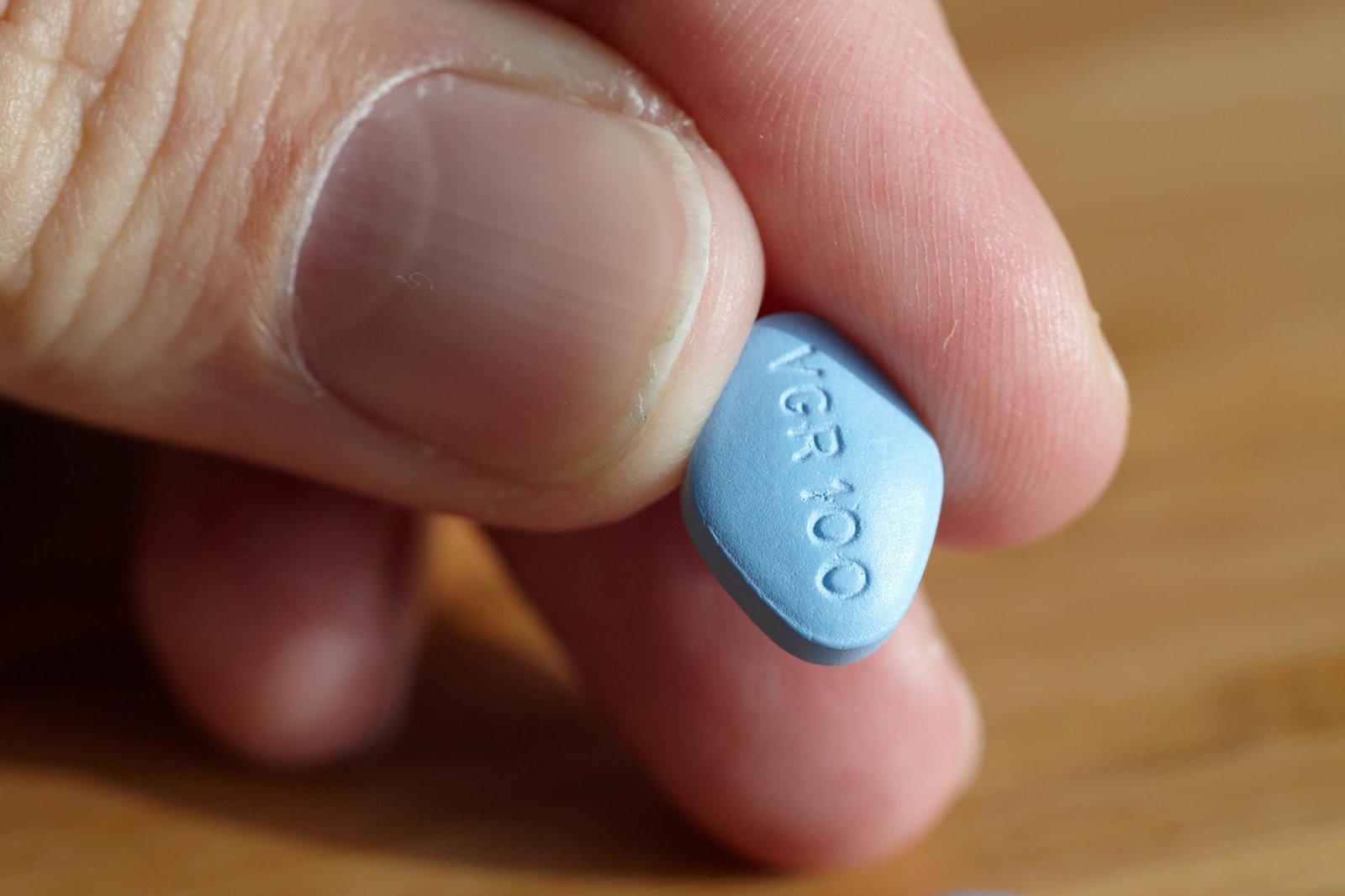American influence has significantly shaped India’s drug rehabilitation market in recent years. As substance abuse issues grow, Indian treatment centers increasingly adopt U.S.-inspired approaches and methodologies.
Many Indian rehab facilities now incorporate elements of the 12-step program popularized in America, alongside traditional local practices. This blend of Eastern and Western techniques aims to provide more comprehensive care for patients struggling with addiction.
The influx of American-style treatment models has also led to improved staff training and facility standards in India’s rehab centers. However, cultural differences and resource constraints continue to pose challenges in fully implementing these imported approaches across the country’s diverse rehabilitation landscape.
Historical Overview of American Influence
American influence on India’s drug rehabilitation sector emerged gradually, shaped by evolving policies and rehabilitation philosophies. This influence manifested through bilateral collaborations and the adoption of American treatment approaches.
Origins of Bilateral Drug Policy Collaboration
India and the United States initiated drug policy collaboration in the 1970s. The U.S. Drug Enforcement Administration (DEA) established a presence in India in 1974, focusing on intelligence sharing and law enforcement cooperation.
Bilateral agreements in the 1980s expanded this partnership. These agreements facilitated joint training programs for Indian law enforcement and medical professionals in drug addiction treatment.
American funding supported the establishment of several rehabilitation centers in major Indian cities during this period. These centers introduced U.S.-developed treatment models and therapies to the Indian context.
Shifts in American Drug Rehabilitation Philosophies
The 1980s and 1990s saw significant changes in American drug rehabilitation approaches. The shift from purely punitive measures to harm reduction strategies influenced Indian policies.
American cognitive-behavioral therapy techniques gained traction in Indian rehab centers. These methods emphasized addressing underlying psychological factors contributing to addiction.
The introduction of medication-assisted treatment, particularly for opioid addiction, marked another significant American influence. Methadone maintenance therapy, widely used in the U.S., was adopted in select Indian facilities.
American-style 12-step programs, such as Narcotics Anonymous, also took root in India during this period. These programs complemented existing treatment options and provided ongoing support for recovering addicts.
Comparative Analysis of Rehabilitation Models
The American 12-step program and other therapy approaches have significantly influenced India’s drug rehabilitation landscape. These Western models have been adapted and integrated into Indian treatment centers, creating a unique blend of rehabilitation practices.
American 12-Step and Other Therapy Adaptations
The 12-step program, pioneered by Alcoholics Anonymous, has gained traction in Indian rehab facilities. This model emphasizes peer support, spiritual growth, and personal accountability. Many Indian centers have modified the program to align with local cultural values and beliefs.
Cognitive Behavioral Therapy (CBT) and Motivational Interviewing (MI) have also been widely adopted. These evidence-based approaches focus on changing thought patterns and behaviors associated with substance abuse. Indian therapists often incorporate these techniques into their treatment plans.
Medication-Assisted Treatment (MAT) has seen increased use in India, particularly for opioid addiction. This approach combines FDA-approved medications with counseling and behavioral therapies.
India’s Integration of Western Rehab Approaches
India has embraced Western rehabilitation models while maintaining its traditional healing practices. Many centers offer a combination of 12-step programs, psychotherapy, and yoga or meditation sessions.
Holistic treatment approaches have gained popularity, integrating Western psychotherapy with Ayurvedic medicine and mindfulness practices. This fusion aims to address the physical, mental, and spiritual aspects of addiction recovery.
Family therapy, a key component of many Western rehab models, has been adapted to suit India’s close-knit family structures. Treatment centers often involve family members in the recovery process, recognizing their crucial role in long-term sobriety.
Indian rehab facilities have also adopted Western standards for staff training and facility management. Many centers now employ internationally certified addiction specialists and follow global best practices in treatment protocols. American rehab centers like https://serenityranchrecovery.com/ have provided an ideal template for Indian rehabs.
Economic Impacts on India’s Drug Rehabilitation
American influence has significantly shaped India’s drug rehabilitation landscape, affecting investments, trade, and employment opportunities in the sector.
Investment and Trade in Pharma and Rehab Sectors
U.S. companies have invested heavily in India’s pharmaceutical industry, contributing to the development of addiction treatment medications. This influx of capital has led to the establishment of state-of-the-art rehabilitation facilities across major Indian cities.
Trade agreements between the two nations have facilitated the import of advanced medical equipment used in drug rehabilitation centers. These tools have improved treatment efficacy and patient outcomes.
The collaboration has also resulted in knowledge transfer, with Indian pharmaceutical companies gaining expertise in producing generic versions of addiction treatment drugs. This has made medications more affordable and accessible to a wider population.
Training and Employment Opportunities
American expertise has played a crucial role in training Indian healthcare professionals specializing in addiction treatment. Many Indian doctors and therapists have received education and training from U.S. institutions, enhancing the quality of care provided in local rehab centers.
This knowledge exchange has led to the creation of new job roles in India’s rehabilitation sector. Positions such as addiction counselors, rehabilitation specialists, and behavioral therapists have emerged, expanding employment opportunities.
The adoption of American treatment models has standardized practices in Indian rehab facilities. This standardization has improved the overall quality of care and increased international recognition of Indian rehabilitation programs.
Societal and Cultural Implications
The adoption of American-influenced drug rehabilitation approaches in India has sparked significant changes in societal attitudes and cultural practices surrounding addiction treatment.
Cultural Acceptance and Stigma Reduction Efforts
Indian society has traditionally viewed addiction as a moral failing or character flaw. American rehab models have introduced the concept of addiction as a treatable disease. This shift has encouraged more open discussions about substance abuse.
Many NGOs and government agencies have launched awareness campaigns to reduce stigma. These efforts often highlight success stories of recovered addicts, emphasizing the possibility of positive change.
Some rehabilitation centers have incorporated family therapy sessions, recognizing the importance of familial support in Indian culture. This approach has helped bridge the gap between Western treatment methods and local values.
Adaptation to Local Needs and Values
American rehab models have undergone modifications to suit Indian cultural contexts. Many centers now integrate yoga, meditation, and Ayurvedic practices alongside Western therapeutic techniques.
Some facilities offer separate programs for men and women, respecting cultural norms around gender segregation. This approach has made treatment more accessible to conservative families.
Language adaptations have been crucial. Centers now provide counseling and materials in regional languages, ensuring effective communication with patients from diverse linguistic backgrounds.
Affordability remains a key concern. Some organizations have introduced sliding-scale fees and community-based programs to make treatment more accessible to lower-income groups.










